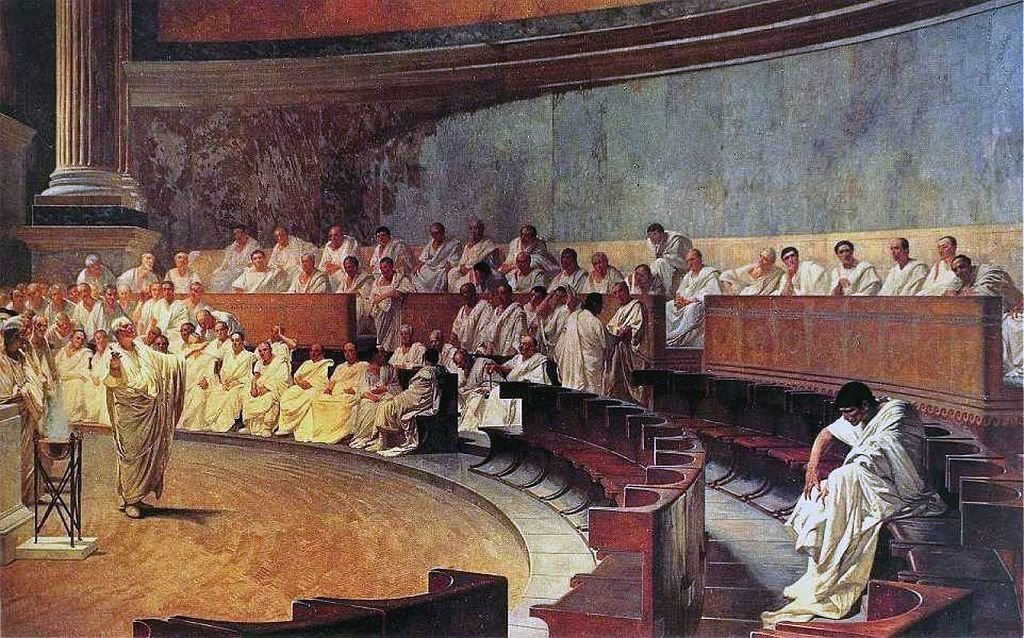Teaching the Great Books
-
Introduction
Teaching the Great Books: Course Introduction (Preview Content)4 Topics|1 Quiz -
LessonsLesson 1: What Should We Read? (Preview Content)4 Topics|1 Quiz
-
Lesson 2: How Should We Read the Classics?4 Topics|1 Quiz
-
Lesson 3: How to Do Deep Reading5 Topics|1 Quiz
-
Lesson 4: Ancient and Modern Modes of Interpretation4 Topics|1 Quiz
-
Lesson 5: How to Teach Great Books—Part I4 Topics|1 Quiz
-
Lesson 6: How to Teach Great Books—Part II5 Topics|1 Quiz
-
Lesson 7: Classroom Habits and Practices4 Topics|1 Quiz
-
Lesson 8: Who Do We Teach?4 Topics|1 Quiz
-
Lesson 9: Students Afflicted with Acedia or Ennui2 Topics|1 Quiz
-
Lesson 10: Helping Students Overcome Acedia or Ennui2 Topics|1 Quiz
-
Lesson 11: Who Is the Teacher?2 Topics|1 Quiz
-
Class ObservationsLesson 12.1: Observe 7th Grade Classroom (with pre-class interview)
-
Lesson 12.2: Observe 7th Grade Classroom (with class session)1 Topic
-
Lesson 13.1: Observe 10th Grade Classroom Day 1 (with pre-class interview)
-
Lesson 13.2: Observe 10th Grade Classroom Day 1 (with class session)
-
Lesson 13.3: Observe 10th Grade Classroom Day 1 (post-class interview)1 Topic
-
Lesson 14.1: Observe 10th Grade Classroom Day 2 (with pre-class interview)
-
Lesson 14.2: Observe 10th Grade Classroom Day 2 (with class session)
-
Lesson 14.3: Observe 10th Grade Classroom Day 2 (with post-class interview)1 Topic
-
Lesson 15.1: Observe 10th Grade Classroom Day 3 (with pre-class interview)
-
Lesson 15.2: Observe 10th Grade Classroom Day 3 (with class session)
-
Lesson 15.3: Observe 10th Grade Classroom Day 3 (with post-class interview)1 Topic
-
End of Course TestEnd of Course Test: Teaching the Great Books1 Quiz
The Democracy of the Dead

Josh Gibbs argues that we ought to discourage a mind-set that privileges modern voices over those of tradition and of the dead. In his work Orthodoxy, Chesterton describes following tradition beautifully. He says it is the most democratic way because all people get a vote no matter what period of time they lived:
“It will not do for us. If we attach great importance to the opinion of ordinary men in great unanimity when we are dealing with daily matters, there is no reason why we should disregard it when we are dealing with history or fable. Tradition may be defined as an extension of the franchise. Tradition means giving votes to the most obscure of all classes, our ancestors. It is the democracy of the dead. Tradition refuses to submit to the small and arrogant oligarchy of those who merely happen to be walking about. All democrats object to men being disqualified by the accident of birth; tradition objects to their being disqualified by the accident of death. Democracy tells us not to neglect a good man’s opinion, even if he is our groom; tradition asks us not to neglect a good man’s opinion, even if he is our father. I, at any rate, cannot separate the two ideas of democracy and tradition; it seems evident to me that they are the same idea. We will have the dead at our councils. The ancient Greeks voted by stones; these shall vote by tombstones. It is all quite regular and official, for most tombstones, like most ballot papers, are marked with a cross.”



